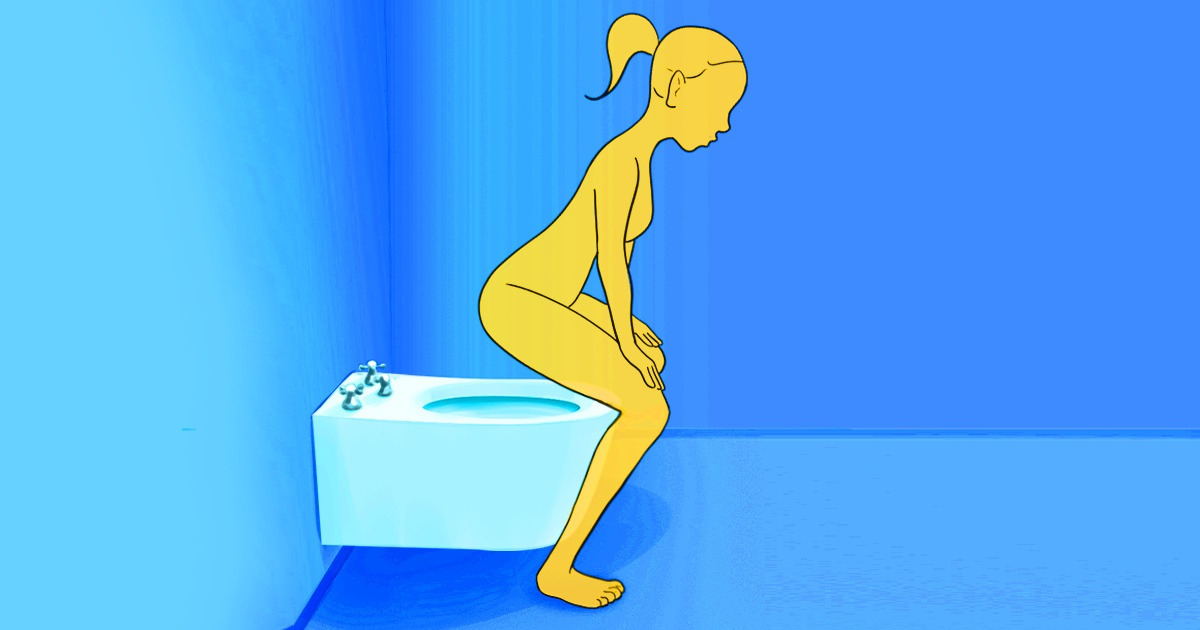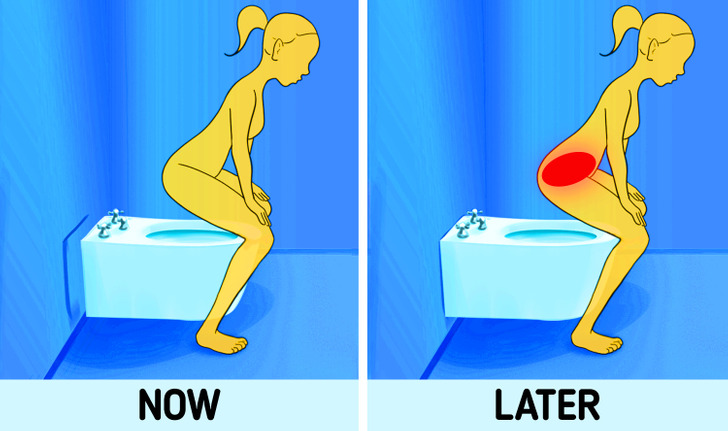19 Photos That Prove Service Can Be Incredibly Heartfelt


Most of the time, if not always, public restrooms are not squeaky clean. So when we have to use a public toilet, we either hold it and give it a pass or go and hover over the toilet seat so we don’t make contact with it. While this is a good temporary solution, this habit can potentially form secondary problems over time.

When you squat over the toilet when relieving yourself, your pelvic floor muscles are about 40% tensed and your bladder is not completely relaxed. So when you stand up, you’ll probably have a bit of urine left inside. That residual urine can create bacteria and lead to a higher risk of contracting a urinary tract infection.

The urine left inside your bladder will put you at risk of an accidental leak when you sneeze, jump, laugh, or cough. It can also irritate the inside of the bladder, making you feel as if you have to go more urgently or more often than you really do.
When you hover or squat over the toilet when you pee, you are not using your pelvic muscles in a natural way. So if you use the toilet this way very often, you are, in a way, training your muscles not to relax, and after many years, your bladder can become weaker.
The full squat is the squat you do when you have to go urgently and are in the middle of nowhere, which is unobstructed and goes even lower than when you sit down. Doing this squat instead of the semi-squat you do when you hover over a toilet might be better for your health because your pelvic and bladder muscles are more relaxed in this position.
What technique do you use when faced with a public toilet?











